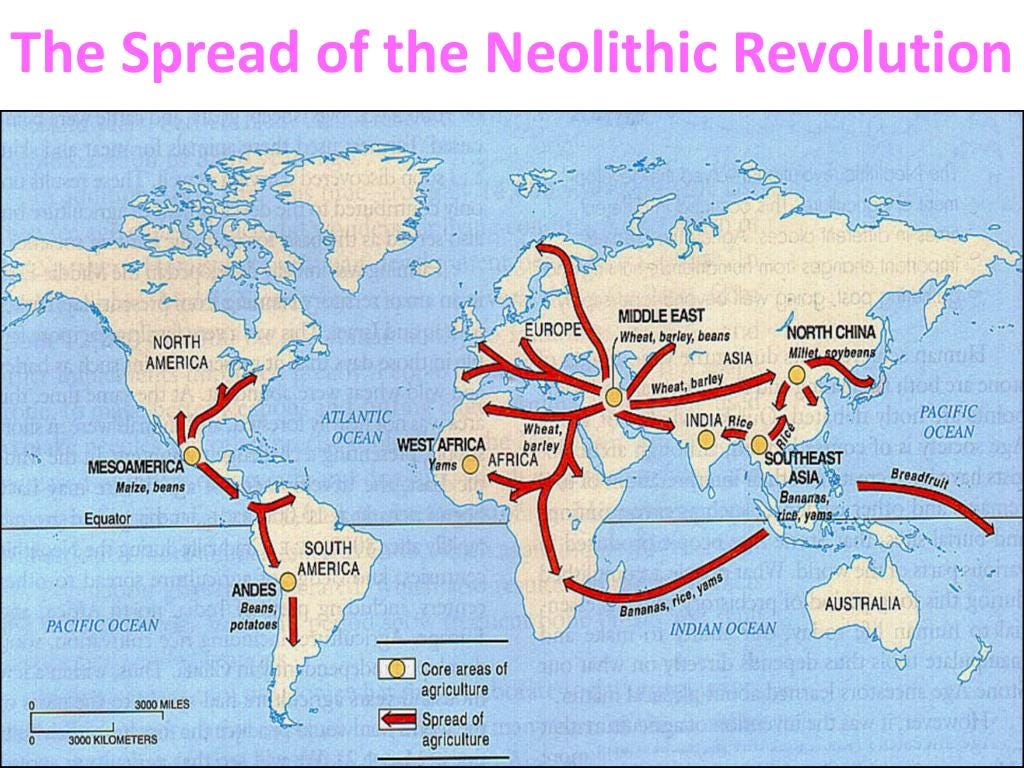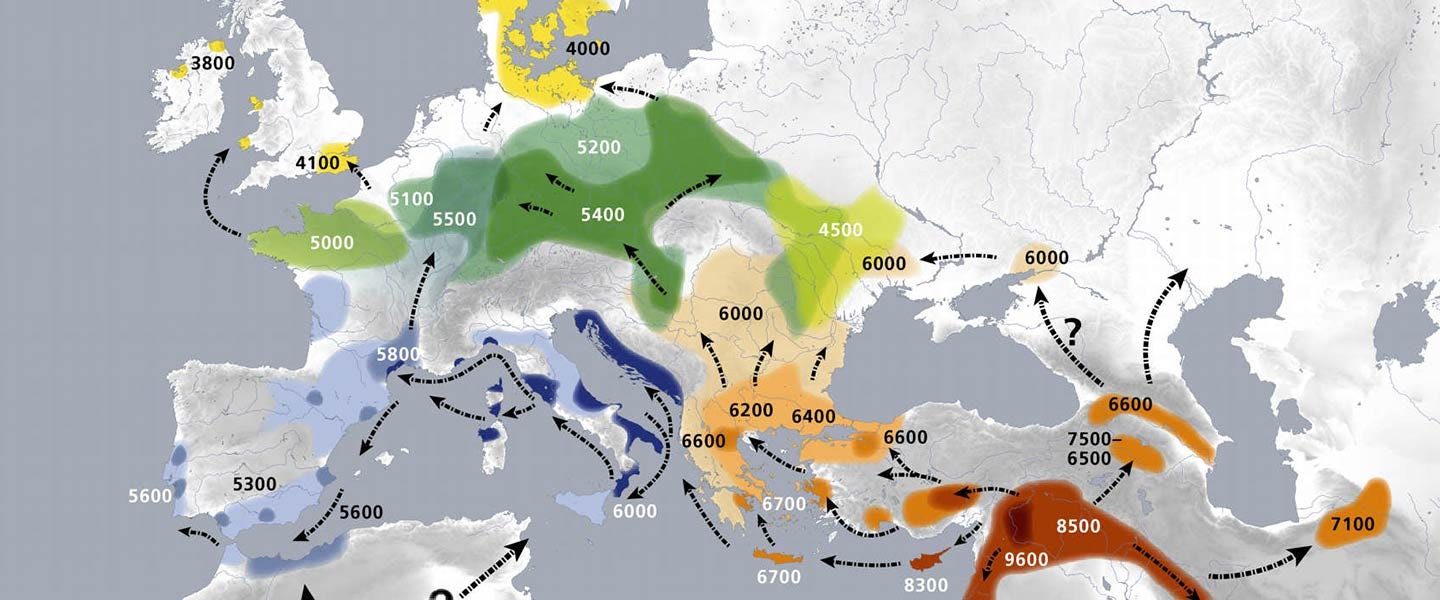Eden, where exactly was Eden?
Wouldn't it be helpful if we had an idea of where to look?
Oddly, we do have written references that give very specific directions. Directions that the majority of scholars and Biblical researchers apparently ignore.
Genesis 2:8-14
8And the LORD God planted a garden eastward in Eden; and there he put the man whom he had formed. 9And out of the ground made the LORD God to grow every tree that is pleasant to the sight, and good for food; the tree of life also in the midst of the garden, and the tree of knowledge of good and evil.
10And a river went out of Eden to water the garden; and from thence it was parted, and became into four heads. 11The name of the first is Pison: that is it which compasseth the whole land of Havilah, where there is gold; 12And the gold of that land is good: there is bdellium and the onyx stone. 13And the name of the second river is Gihon: the same is it that compasseth the whole land of Ethiopia. 14And the name of the third river is Hiddekel: that is it which goeth toward the east of Assyria. And the fourth river is Euphrates.
There it is. Eden was located at the headwaters of the Euphrates, The Pison, Gihon and Hiddekel.
The river Hiddekel is east of Assyria. Now called the Tigris river.
Where is that region?
South Eastern Anatolia.
The region that the Assyrians and Chaldeans called Aratta.
Gold, precious stones, are a clue.
The Assyrians and Chaldeans reported the source for those same elements as coming from Aratta.
According to those ancient sources, Aratta was to be found near the Headwaters of the Euphrates in the mountains of South eastern Anatolia. Essentially, Armenia. Near where the modern borders of Iran, Armenia and Turkey meet. In the regions of the mountains of Ararat. Urattu/Aratta to the ancient Assyrians and Chaldeans.
These mountains also mark the site of the resting place of Noah's Ark.
So why then do scholars look to the Persian Gulf?
The Bible clearly states, Eden is near the Headwaters, the source of the Euphrates and Tigris rivers which is in Aratta, the Mountains of Aratta/Urattu.
The Persian Gulf is not the source of the river, it is the rivers mouth, the end, not the beginning.
The Tigris, ( the river on the east of Assyria) and the Euphrates rise in the Taurus mountain region of Anatolia.
Archeology points to the region of South East Anatolia, as the oldest examples of Agriculture. Which is where the Bible places Eden and Noah.
In Genesis we are told Noah planted a vineyard.
Genesis 9:20-21
20 And Noah began to be an husbandman, and he planted a vineyard: 21 And he drank of the wine, and was drunken; and he was uncovered within his tent.
The Neolithic Revolution is farming.
Notice the date shown in the region of Ararat. Approximately 6500BCE. Which interestingly corresponds with the traditional dating for Noah.
6500BCE is also when the Mediterranean Sea flooded the Euxine basin large fresh water lake, now known as the Black Sea.
Coincidence?
The oldest examples of wine making yet found happens to be about sixty miles from Ararat in Armenia.
https://claudemariottini.com/2011/09/21/has-noahs-vineyard-been-discovered/
So, The Bible and Archeology both point to the same region. Assyrian and Chaldeans accounts also echo the Bible. The Greek Theogeny and Prose Edda also point to the region. Why then have so many Biblical researchers looked elsewhere?
I honestly have no real idea!
Much like tradition ignoring the Biblical accounts of the location and description of Mt. Sinai!
Which is located in Exodus as being in the Mountains of Midian which are located in North West Saudi Arabia not the Sinai peninsula!
To my mind one of the takeaways from my research is that the Bible is far more historically literal than most suspect.
Here is the single best documentary on Eden I have found to date. A bit long, just under an hour, but well worth the investment of your time.










I didn't know about the Sinai details but Eden always struck me as being near the Black Sea, though I never hitherto now gave much thought as to where it might have been. Kind of makes sense come to think of it that it would be in Anatolia.
Gobekle Tepe is also in Anatolia.